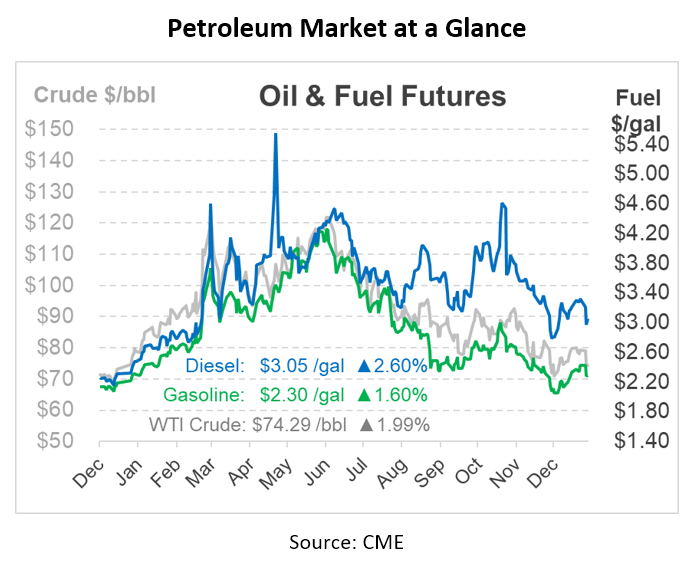
DEF – Why do we use it?
In 2010, the Environmental Protection Agency (EPA) issued the Diesel Emission Reduction Act (DERA). This act was created to reduce emissions from diesel engines by up to 90 percent over a 10-year period, ensuring that the vehicles are environmentally friendly and produce fewer harmful emissions than older models.
To comply with the EPA’s mandate, the trucking industry had to find a method to reduce NOx. The existing technology, exhaust gas recirculation (EGR), took the fuel emissions and simply recirculated them through the engine again. Although this reduced emissions, it also reduced power and fuel efficiency by diluting fresh fuel.
To resolve the challenges of EGR, the diesel engine market added the Selective Catalytic Reduction (SCR) system. Initially, one major engine manufacturer stuck with only EGR technology, though it eventually adopted an SCR unit as well. With an SCR system, the engine can burn hot and fast, creating tons of harmful NOx emissions. Those emissions leave the engine and enter the SCR unit, which catches the NOx, combines it with diesel exhaust fluid, and emits harmless nitrogen and oxygen. Because of the improved engine efficiency, the industry began combining EGR and SCR to comply with the EPA’s mandate, since the improved fuel efficiency offset the cost of buying DEF.
You may be wondering, where does the NOx actually come from? Diesel engines have a high compression ratio, which means they squeeze air into a small space very quickly and then ignite it. This produces a lot of energy in a short amount of time, but it also creates large amounts of nitrogen oxides (NOx) and particulate matter. These emissions must be removed before they exit the engine, so they don’t pollute the environment or harm people’s health.
According to the EPA, high concentrations of NOx can cause respiratory diseases such as asthma or even death if exposed over an extended period of time. In addition to the harmful effect on human health, NOx also has a detrimental environmental impact when it mixes with water, oxygen, and other chemicals, causing acidic rain and hazy conditions.
DEF is used in more than just truck engines – it can be found in heavy machinery, marine and farming equipment, generators, and other engines. Without DEF, diesel engines can’t run. Since the 2010 DERA, diesel engines are built with a separate DEF tank in addition to the diesel tank. This tank should be marked with a sticker or label to identify it as such.
DEF is an essential part of reducing emissions from diesel engines. If you own or operate a vehicle with a diesel engine, it’s important for you to understand how DEF works so that you can make sure your vehicle is operating properly and free of harmful emissions at all times. Mansfield has DEF experts ready to consult with you about your specific needs. Our team has been at the forefront of DEF supply and logistics since its inception over a decade ago. Contact us today to ensure your fleet is not emitting harmful byproducts and has a plan for bulk DEF supply.
This article is part of Daily Market News & Insights
Tagged: DEF
MARKET CONDITION REPORT - DISCLAIMER
The information contained herein is derived from sources believed to be reliable; however, this information is not guaranteed as to its accuracy or completeness. Furthermore, no responsibility is assumed for use of this material and no express or implied warranties or guarantees are made. This material and any view or comment expressed herein are provided for informational purposes only and should not be construed in any way as an inducement or recommendation to buy or sell products, commodity futures or options contracts.






